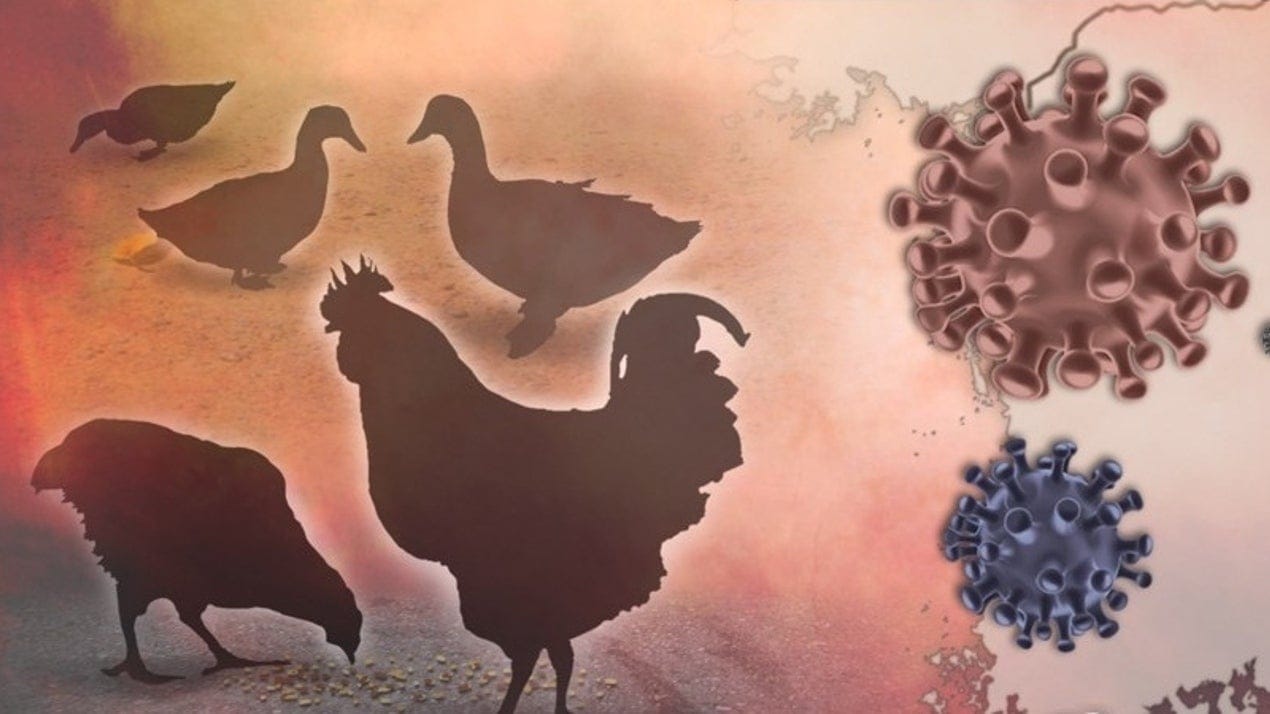In recent developments, a presumptive case of avian influenza, commonly known as bird flu, has been identified in a poultry flock located in Delaware. This discovery has raised significant concerns among agricultural officials and poultry farmers in the surrounding regions, particularly in Maryland, where increased vigilance and monitoring protocols are now being implemented to safeguard local poultry populations.
The Delaware Department of Agriculture announced the findings after conducting routine surveillance and testing within the state’s poultry industry. Although the case is still classified as presumptive, it has triggered a series of precautionary measures aimed at preventing the potential spread of the virus. The strain of bird flu detected has not been specified, but officials are treating the situation with the utmost seriousness, given the historical impact of avian influenza outbreaks on poultry health and the broader agricultural economy.
In response to the situation, the Maryland Department of Agriculture has issued guidelines for poultry owners, emphasizing the importance of stringent biosecurity practices. These measures include limiting access to poultry facilities, ensuring proper sanitation protocols are followed, and monitoring flock health closely for any signs of illness. The department has also encouraged farmers to report any unusual symptoms in their birds, such as respiratory distress or sudden increases in mortality rates.
The implications of a bird flu outbreak can be severe, not only for the health of the poultry but also for the economic stability of the agricultural sector. Previous outbreaks have resulted in widespread culling of infected flocks, leading to significant financial losses for farmers and disruptions in the supply chain. As a result, the Maryland Department of Agriculture is taking proactive steps to mitigate risks and protect the state’s poultry industry, which plays a vital role in the local economy.
Poultry farmers are being urged to adopt a heightened level of awareness regarding their flocks and to remain vigilant for any signs of illness. The department has provided resources and information to assist farmers in implementing effective biosecurity measures. This includes guidance on maintaining clean environments, controlling access to poultry areas, and ensuring that all equipment used in the care of the birds is properly sanitized.
Moreover, the situation is being closely monitored by both state and federal agricultural officials. The United States Department of Agriculture (USDA) is also involved in the response efforts, providing support and resources to state agencies as they work to manage the situation. The USDA has a history of responding to avian influenza outbreaks, and its involvement underscores the seriousness of the current situation.
The detection of bird flu in Delaware has also raised awareness among consumers regarding the safety of poultry products. Health officials have reiterated that properly cooked poultry is safe to eat, and there is currently no evidence to suggest that the virus poses a risk to human health. However, public concern may arise as the situation develops, prompting officials to provide clear communication to the public about the safety of the food supply.
As the situation unfolds, officials are committed to transparency and keeping the public informed. Regular updates will be provided as more information becomes available regarding the status of the flock in Delaware and any potential impacts on neighboring states, including Maryland. The cooperation between state and federal agencies is crucial in managing the response effectively and ensuring that all necessary precautions are taken.
In conclusion, the presumptive detection of bird flu in a Delaware poultry flock serves as a reminder of the ongoing challenges faced by the poultry industry. The heightened vigilance in Maryland reflects a proactive approach to safeguarding local flocks and minimizing the risk of an outbreak. As farmers implement biosecurity measures and remain vigilant, the collaboration between agricultural officials and poultry owners will be essential in navigating this developing situation.



